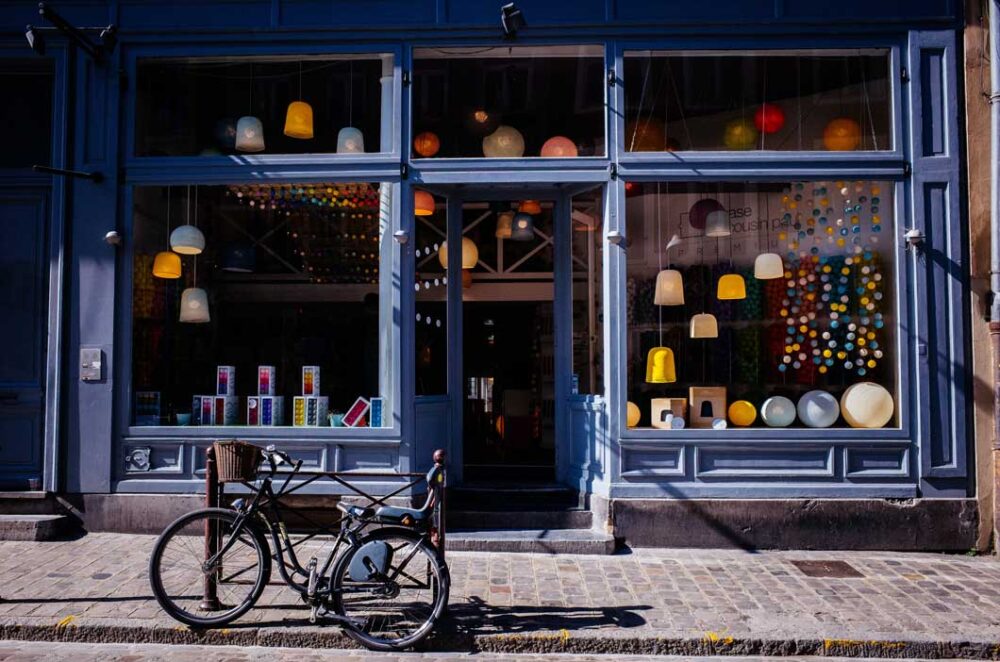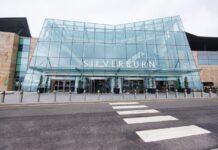Interior design plays a crucial role in the success of retail spaces. A well-designed store can significantly enhance the shopping experience, attract more customers, and boost sales. Recently, retail shop fitters have started to draw inspiration from the hospitality sector, particularly from luxury hotel design.
Luxury hotels are known for their meticulous attention to detail, creating environments that are both aesthetically pleasing and highly functional. By incorporating design elements from luxury hotels, retail spaces can create a more inviting and memorable atmosphere for shoppers.

Creating a Welcoming Atmosphere
Luxury hotels excel at creating an inviting and memorable atmosphere for their guests. This focus on comfort and ambiance can be a valuable source of inspiration for retail shop fitters. In a retail setting, the first impression is crucial. Just like a hotel’s lobby sets the tone for a guest’s stay, the entrance and layout of a retail store can determine a customer’s overall shopping experience.
Warm and Inviting Entryways:
Luxury hotels often feature grand, well-lit entrances that immediately make guests feel welcome. Retail stores can replicate this by designing attractive entry points with inviting signage and welcoming decor.
Comfortable and Relaxing Spaces:
Hotels prioritise comfort with plush seating areas and soothing colour palettes. Incorporating similar elements, such as comfortable seating, soft lighting, and calming colours, can make customers feel more at ease and encourage them to spend more time in the store.
Thoughtful Layout and Flow:
The layout of luxury hotels is designed to be intuitive and easy to navigate. Retail stores can benefit from a similar approach, ensuring that the store layout guides customers effortlessly through the space, highlighting key products and creating a seamless shopping experience.
Functional and Aesthetic Balance
Luxury hotels strike a fine balance between functionality and aesthetics, ensuring that every space is both beautiful and practical. Retail shop fitters can draw from this approach to create stores that are visually appealing and highly functional.
Seamless Integration of Design and Function:
Luxury hotels use design elements that are not only attractive but also serve a purpose. For instance, decorative lighting also provides essential illumination. In retail spaces, this principle can be applied by using display fixtures that are both stylish and practical, making products accessible and appealing.
High-Quality Materials and Finishes:
The use of premium materials in luxury hotels, such as marble, polished wood, and high-end fabrics, enhances the overall aesthetic while ensuring durability. Retail stores can benefit from incorporating similar materials, giving the space a sophisticated look that withstands heavy use.
Thoughtful Layout:
Luxury hotels are designed with careful consideration of guest flow and convenience. Retail spaces should adopt a similar approach, with layouts that facilitate easy navigation and highlight key areas or products. Clear signage, wide aisles, and strategically placed focal points can guide customers smoothly through the store.
Comfort and Ambiance:
Elements like comfortable seating, ambient lighting, and pleasing colour schemes are staples in luxury hotels. Retail environments can replicate this to create a relaxing shopping experience, encouraging customers to linger and explore.
Use of High-Quality Materials and Finishes
Luxury hotels are renowned for their use of premium materials and impeccable finishes, which contribute to their sophisticated and inviting atmospheres. Retail shop fitters can take inspiration from these high standards to elevate the look and feel of their stores.
Premium Materials:
Luxury hotels often incorporate materials such as marble, polished wood, and high-end textiles to create an opulent environment. Retail spaces can similarly benefit from using high-quality materials. For example, sleek countertops, elegant shelving, and plush carpets can significantly enhance the store’s aesthetic and appeal.
Durable and Stylish Finishes:
In hotels, attention to detail in finishes—like brushed metal fixtures, custom millwork, and designer lighting—adds to the overall luxurious ambiance. Retail shops can adopt these finishes to create a refined atmosphere. Durable finishes also ensure that the space remains attractive over time, even with heavy foot traffic.
Consistency and Theme:
Luxury hotels often adhere to a consistent design theme throughout their spaces. Retail stores should aim for a cohesive look that aligns with their brand identity. This could include matching colour schemes, consistent use of materials, and thematic decor elements that enhance the shopping experience.
Functional Beauty:
High-end materials are not just about aesthetics; they also provide functional benefits. For example, well-crafted display units and comfortable seating areas made from quality materials can enhance the customer experience by making the space more enjoyable and easier to navigate.
Innovative Lighting Solutions
Lighting plays a critical role in both luxury hotels and retail spaces, influencing ambiance and highlighting key areas. By adopting innovative lighting techniques from high-end hotels, retail shop fitters can significantly enhance the shopping experience.
Ambient Lighting:
Luxury hotels use ambient lighting to create a warm and inviting atmosphere. Retail spaces can incorporate soft, diffused lighting to make customers feel comfortable and encourage them to explore the store.
Task Lighting:
Hotels often employ task lighting in areas where guests need clear visibility, such as reading nooks or bathroom mirrors. In retail settings, focused lighting on specific product displays can draw attention to featured items, making them stand out to shoppers.
Accent Lighting:
Accent lighting in hotels is used to highlight architectural features and decor elements. Retail stores can use similar techniques to spotlight new arrivals, seasonal promotions, or high-value products. This not only enhances the aesthetic appeal but also directs customer flow.
Dynamic and Flexible Lighting:
Luxury hotels often use dynamic lighting systems that can be adjusted based on the time of day or specific events. Retail environments can benefit from flexible lighting solutions that adapt to different seasons, promotions, or times of day, creating a dynamic shopping experience.
Energy Efficiency:
High-end hotels increasingly adopt energy-efficient lighting to reduce costs and environmental impact. Retailers can follow suit by using LED lights and smart lighting systems, which are both cost-effective and sustainable.
The Takeaway
Incorporating design elements from luxury hotels can significantly enhance retail spaces. By creating a welcoming atmosphere, balancing aesthetics with functionality, using high-quality materials, and implementing innovative lighting solutions, retail shop fitters can transform stores into engaging and sophisticated environments.
These strategies not only improve the visual appeal of retail spaces but also enhance the overall shopping experience.
















